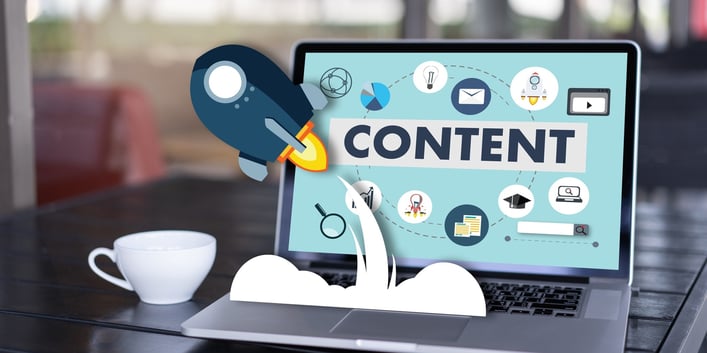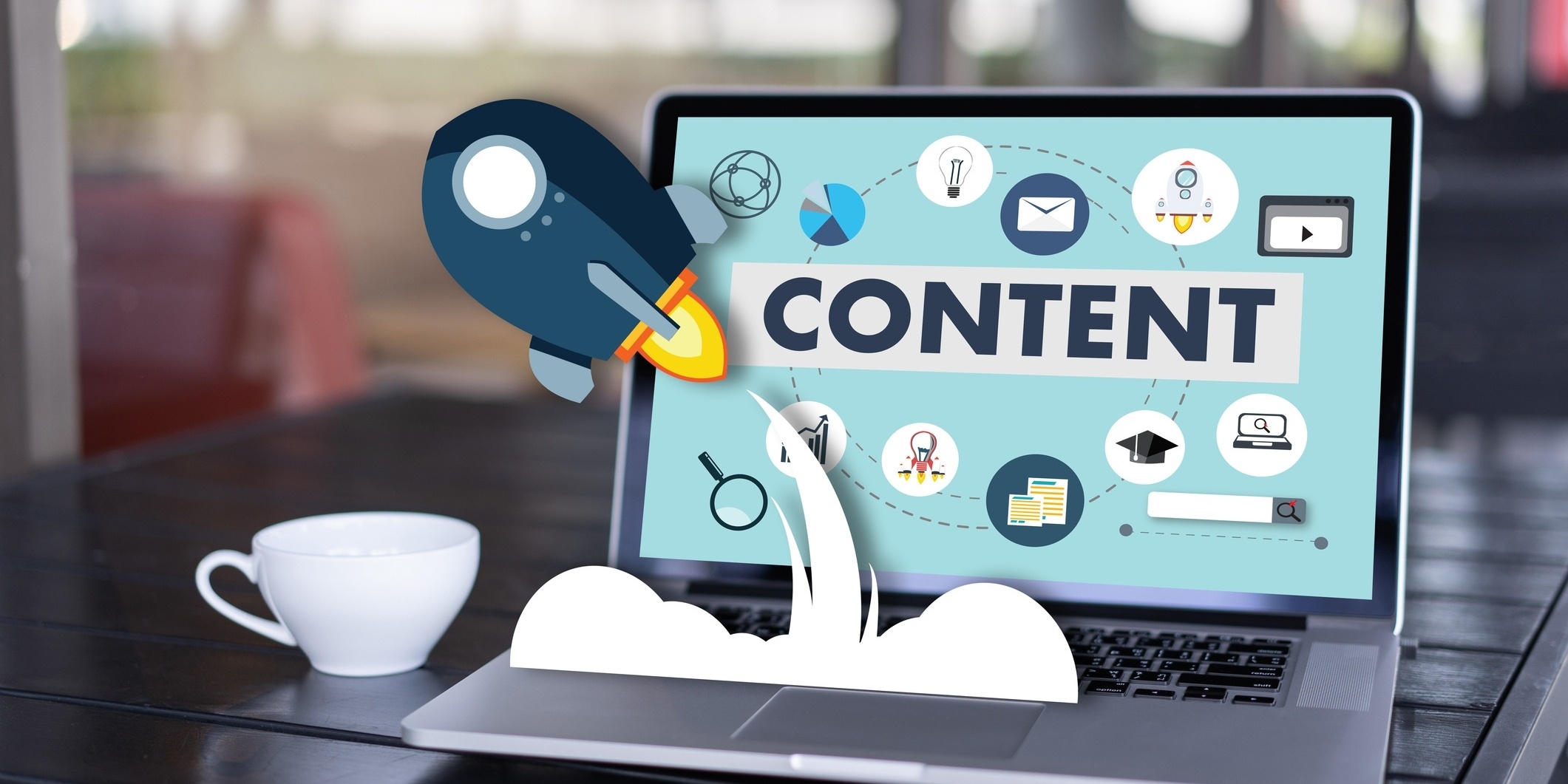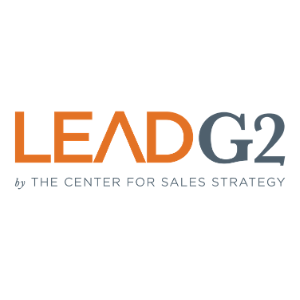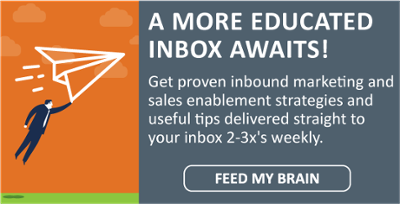 Quality content is the backbone of your inbound marketing strategy.
Quality content is the backbone of your inbound marketing strategy.
The main goal of inbound marketing is to use tactics that help potential customers find your business - no matter where they are in the customer journey. And regardless of the tactics in your inbound marketing toolkit - like email marketing, SEO or social media marketing - relevant, valuable content powers each one at every stage of the journey.
Multiple studies confirm the invaluable role content plays in inbound marketing. 84% of people expect brands to create content that provides solutions, tells stories and creates experiences, as reported by Newscred. Furthermore, the average person consumes 11.4 pieces of content before making a purchasing decision. Content also helps to build brand trust with potential customers, as 95% of B2B buyers consider content as trustworthy when evaluating a company and its offerings.
For this reason, you need to create a mix of content that’s designed to attract, engage and sell to your target audience at every stage of the customer journey. But first, it’s important to understand exactly what we mean by customer journey.
What is the Customer Journey?
Also known as the buyer’s journey, this is the process someone takes when researching, evaluating and purchasing a product or service. It consists of three different buying stages: awareness, consideration, and decision.
Awareness or Top of the Funnel (TOFU)
In the first stage, customers are typically searching for advice, answers to their questions and education as they become of aware of their specific problem. Keep in mind that most customers are unfamiliar with your brand during this phase. In fact, 86% of customers conduct non-branded search queries to find content. For this reason, content created for this stage should be informative and address the customer’s challenges and pain points.
The best types of content to use include:
- Blog posts
- Social media updates
- Video
- Infographics
- Photographs
- Podcast
Consideration or Middle of the Funnel (MOFU)
Customers in the consideration stage are searching for a solution to their problem, and therefore, researching various products or services. Focus on creating content that demonstrates your value and highlights features that differentiate you from your competitors.
The following content types work best in this stage:
- Quizzes
- Webinars
- Ebooks
- Downloads
- Discounts/Offers
Decision or Bottom of the Funnel (BOFU)
Finally, customers are determining what it will take to purchase your product or service in the decision stage. This is your opportunity to address any questions, concerns or objections customers may have before making a purchase. When done right, content created in this stage will successfully convince customers to do business with you.
The best decision/BOFU content types include:
- Demos
- Case studies
- FAQ
- Testimonials
While the customer journey is presented as a linear path, it’s important to note that customers may find your business at any stage. For example, a customer may already understand their problem - skipping the awareness stage - and is now searching for a solution - in the consideration stage. In any case, it’s important to create content that serves the customer’s needs at each particular stage in their journey.
Creating Content for Each Buying Stage
Content mapping is the process of identifying and creating specific content that will attract and engage customers at every stage in the journey. HubSpot defines it as the process of delivering the right content, to the right people, at the right time. To better illustrate this process, we’ve provided a simple example below - purchasing a laptop - and included specific content that would be most effective at each stage.
Awareness
Customer need: “My laptop is running slowly.”
Your goal: To provide advice and answers as to why the laptop may be slow.
Content examples:
- Blog post giving step-by-step instructions on diagnosing the problem.
- How-to video on troubleshooting your laptop
- Infographic outlining potential issues
Consideration
Customer need: “I need a new laptop with more RAM.”
Your goal: Demonstrate how your laptops outperform competitors in terms of RAM
Content examples:
- Comparison chart pitting your product against those of your top competitors
- Interactive quiz to determine how much RAM the customer needs
- Ebook/guide on choosing the best RAM
Decision
Customer need: “I want to purchase your laptop. What can I expect?”
Your goal: Provide reassurance that the customer is making the right purchase decision.
Content examples:
- Knowledge hub for common technical issues
- Testimonials from past customers
- Virtual demo of laptop
Content mapping is a surefire way to ensure you have content available for customers that seamlessly moves them through the entire journey. And while your customer journey is likely more complex than the example above, it should help you get started with content mapping. It also goes without saying that, to create content that truly supports your inbound marketing goals, you must fully understand your target audience. Creating content that serves the customer’s needs at every stage in the journey is one ingredient in the recipe to inbound marketing success.
.png)





Leave a Comment